-
- PCB TYPE
- PRINTED CIRCUIT BOARD PROTOTYPE ALUMINUM PRINTED CIRCUIT BOARD R&F PCB FPC HIGH FREQUENCY PCB HIGH-TG PCB HEAVY COPPER PCB HDI PCB PCB FOR LIGHTING METAL CORE PCB
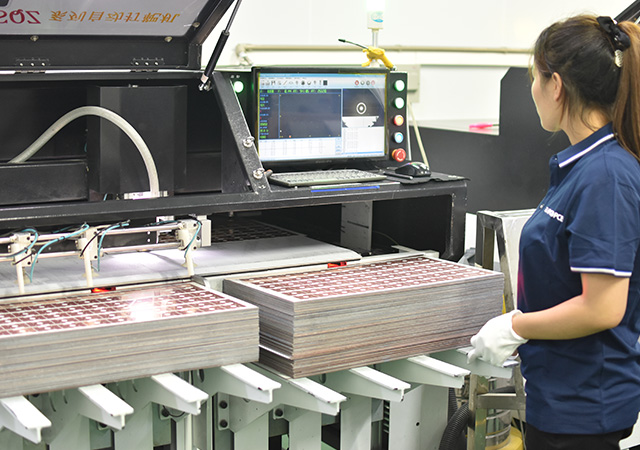
Explore the intricacies of high layer count PCB fabrication, its benefits, challenges, and innovative manufacturing processes, for superior miniaturization in modern electronics.
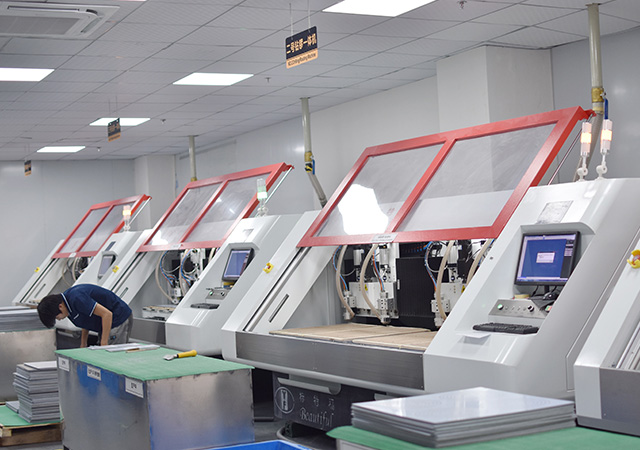
Discover the top 20 layer PCB manufacturer in China. Gain insights into high-quality printed circuit boards, cost-effectiveness, and fast turnaround.
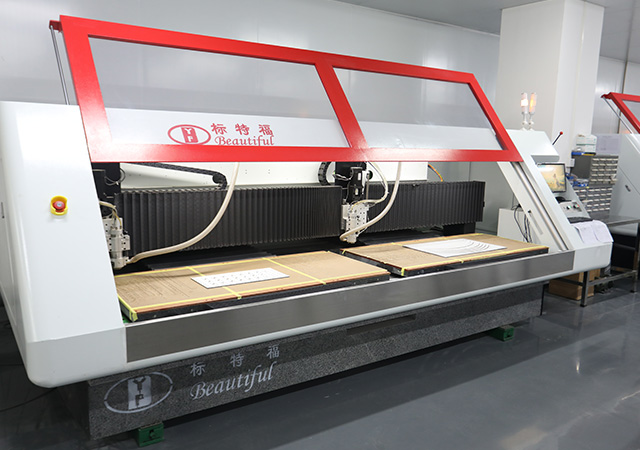
Find the perfect PCB manufacturer tailored to your needs with our comprehensive guide on PCB design, fabrication, and assembly considerations.
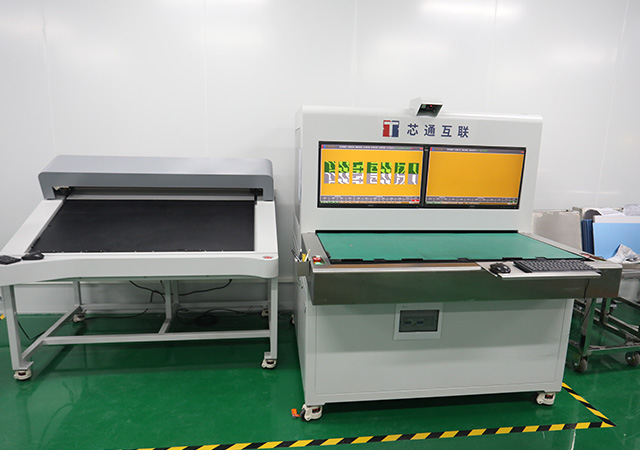
Discover the key advantages of high-speed PCB design techniques that ensure enhanced performance, signal integrity, and data transmission efficiency in modern electronics.
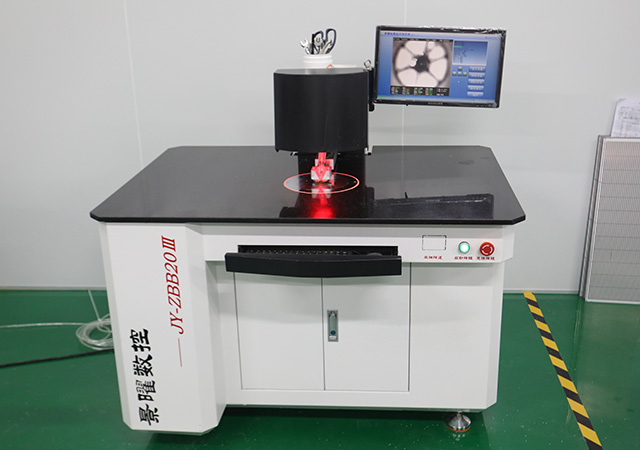
Master impedance controlled high speed PCB design to enhance signal integrity and optimize manufacturing. Learn key strategies for flawless performance.

Got project ready to assembly? Contact us: info@apollopcb.com



We're not around but we still want to hear from you! Leave us a note:

Leave Message to APOLLOPCB
